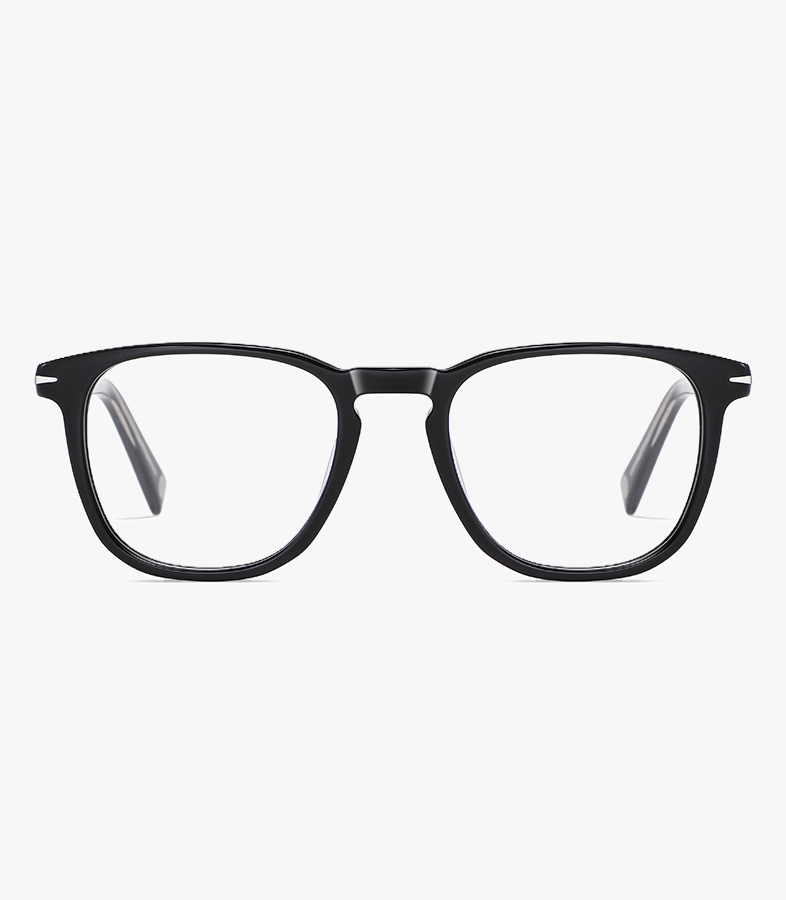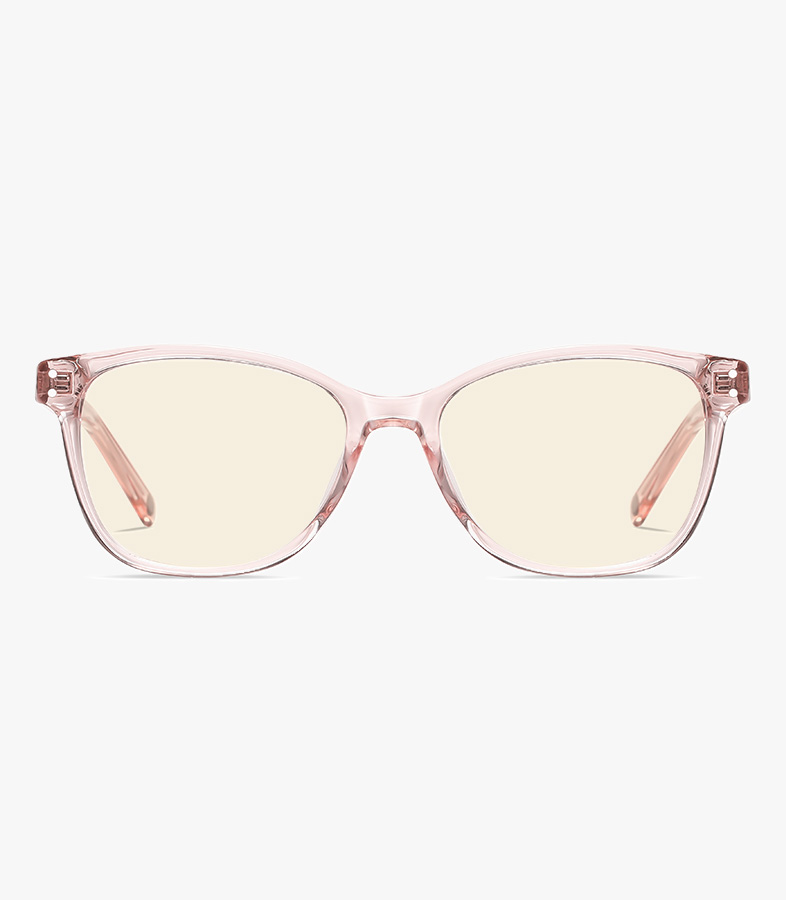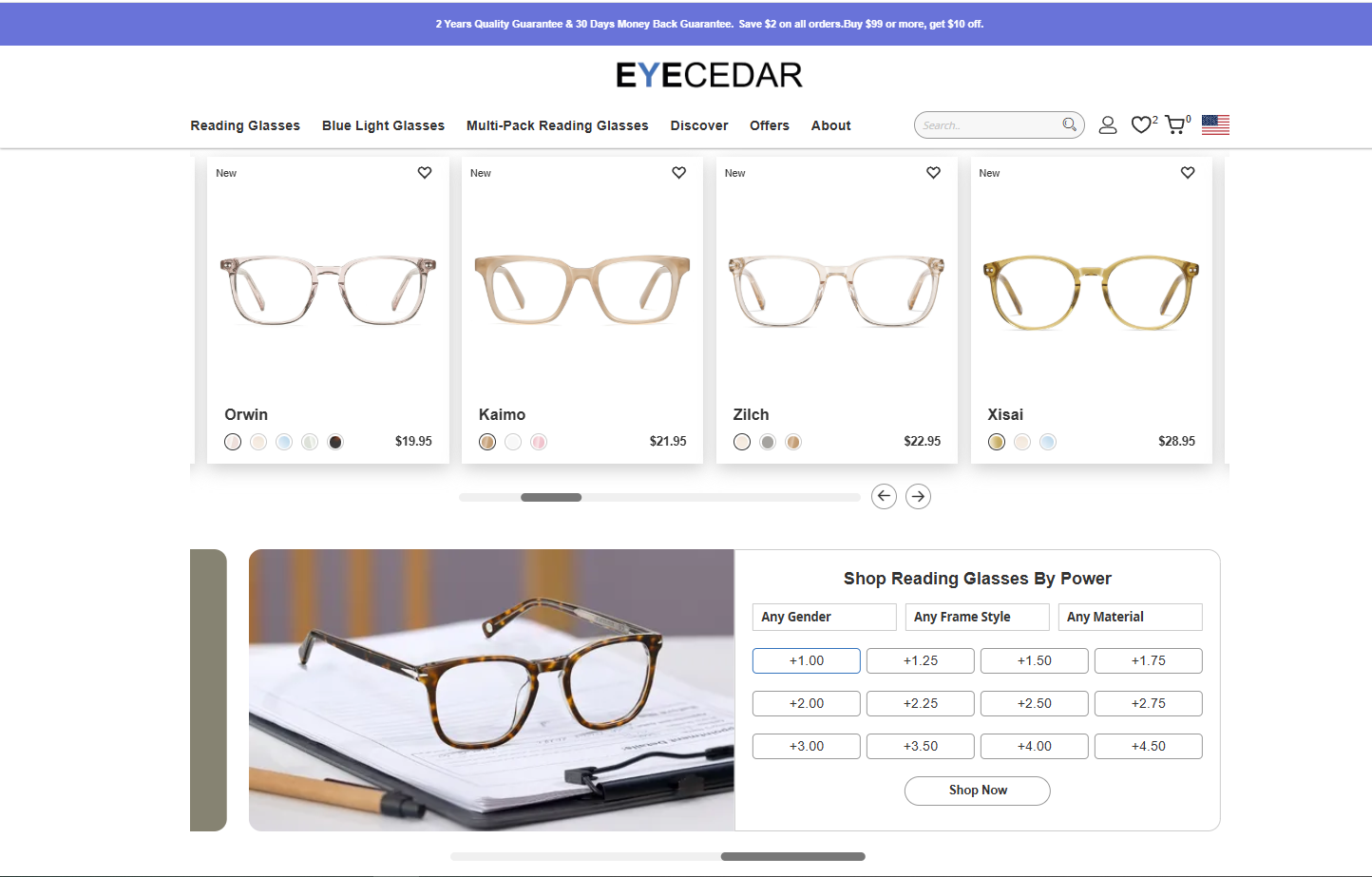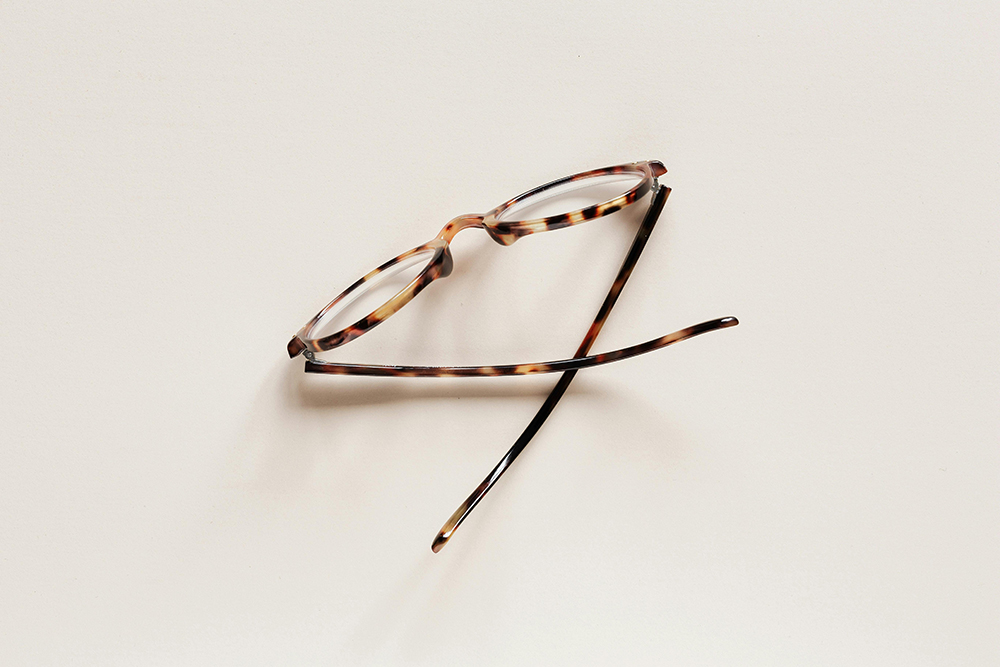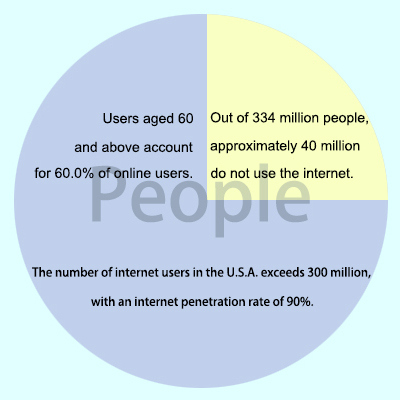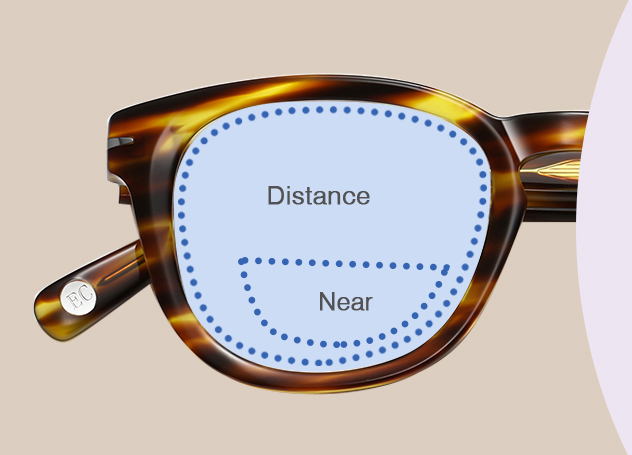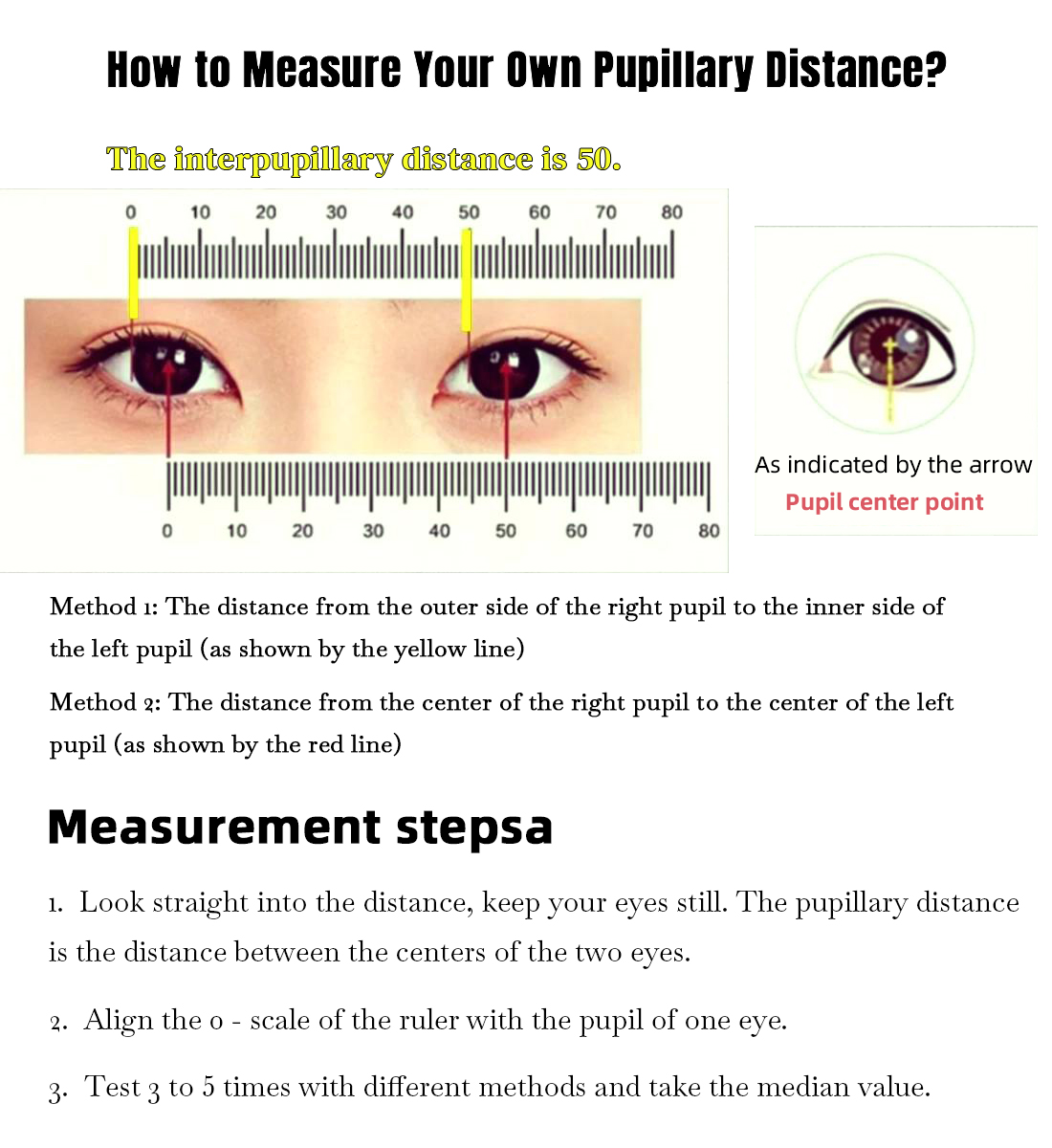As people age, particularly after 40, they often experience difficulty seeing objects up close. This is a common sign of presbyopia, a natural condition caused by the gradual loss of elasticity in the eye’s lens, which reduces its ability to focus on nearby objects.
Common Symptoms of Presbyopia
- Difficulty Reading: Text in books, newspapers, or on phone screens appears blurry. You may find yourself holding reading materials farther away to see them clearly.
- Eye Fatigue: Extended close-up work can cause eye strain, soreness, or headaches.
- Increased Light Requirements: Reading in dim lighting becomes more challenging, requiring brighter light to see clearly.
How to Determine If You Need Reading Glasses
- Self-Assessment: If you notice blurry vision when reading up close or experience eye fatigue during prolonged near-vision tasks, it may be time to consider reading glasses.
- Professional Eye Exams: Regular eye exams are crucial, especially for individuals over 40. An optometrist can evaluate your refractive error and recommend the right reading glasses strength.
Eye Exam Frequency Recommendations (American Academy of Ophthalmology):
- Under 40: Every 5–10 years
- Ages 40–54: Every 2–4 years
- Ages 55–64: Every 1–3 years
- Ages 65+: Every 1–2 years
Understanding Diopter Strength and Magnification
When shopping for reading glasses for the first time, you may encounter terms like "reading ability," "reading strength," or "magnification power." These terms all refer to the same concept: the diopter strength of the lenses.
At Eyecedarglasses.com®, we offer magnification strengths ranging from +1.00 to +4.00, with quarter (+0.25) and half (+0.50) diopter increments to help you find the perfect fit.
How to Determine the Right Reading Glasses Strength
-
Consult Your Existing Prescription:
During annual eye exams, ask your optometrist for your updated reading prescription. This is the most accurate way to determine your ideal strength. -
Use a Strength Finder Tool:
If your current reading glasses feel slightly blurry, you might need a higher strength. Use our strength finder tool to determine your new magnification level. -
Printable Diopter Test Chart:
Download and print our test chart to assess your reading needs at home. If two lines of text appear equally clear, choose the lower strength. For higher diopters (above +3.25), consult an optometrist.
For additional details, check out our comprehensive "How to Choose the Right Reading Strength" guide to make an informed decision.
How to Choose Reading Glasses
Finding the right pair of reading glasses can feel overwhelming, but focusing on the following factors can simplify the process:
Lens Types
- Full Magnification Lenses: Ideal for focused reading, providing uniform magnification across the lens.
- Bifocal Lenses: A versatile option with separate areas for distance vision (top) and near vision (bottom).
Choosing Frames
- Face Shape:
- Round or Oval Faces: Opt for rectangular or square frames to add balance.
- Frame Size:
- Measure your face with a printable ruler to ensure a comfortable fit.
- Material:
- Metal: Lightweight and durable.
- Acetate: Offers vibrant colors and patterns.
- Color and Style:
- Neutral tones are versatile, while bold colors can make a statement.
Matching Frames to Style and Age
Timeless designs enhance sophistication, while modern styles add a youthful flair.
Why Choose Reading Glasses
Presbyopia is a natural physiological change. Wearing the right reading glasses can significantly improve your quality of life. For personalized advice, consult a professional optometrist.
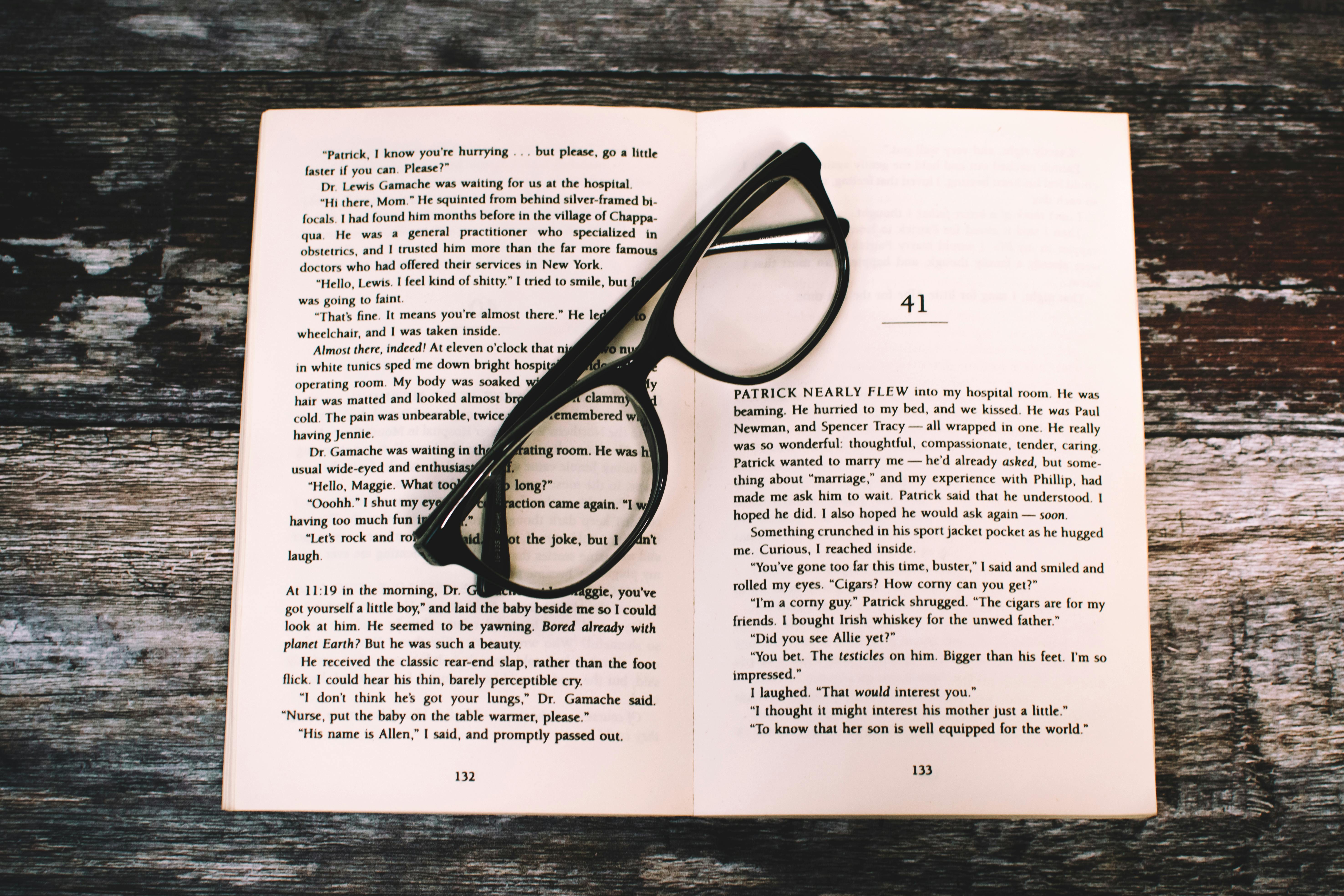
SOURCES











